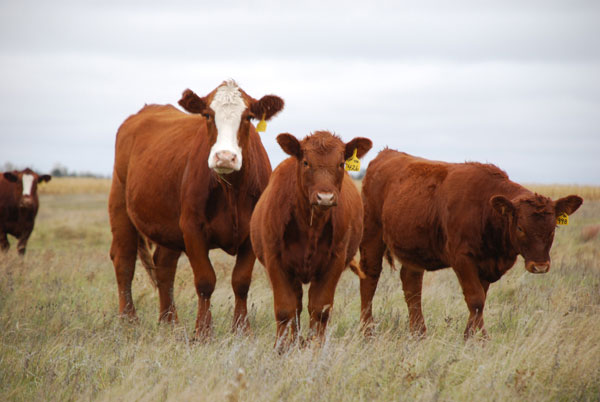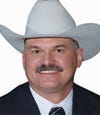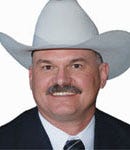Is the New York Times naïve about MARC or intentionally misleading?
The New York Times article on the U.S. Meat Animal Research Center underscores how a naïve media can affect public opinion and how animal rights groups take advantage of this naïveté.
February 12, 2015

As a veterinary student, I spent several weeks at the U.S. Meat Animal Research Center (MARC) near Clay Center, Neb. Though students were afforded only very general descriptions of the experiments underway at the facility at the time, I was shocked to read the recent New York Times article alleging animal abuse and negligence in cattle, sheep and swine experiments at MARC.
The article centers on a few of virtually hundreds of experiments conducted at MARC. While we must take this opportunity to review how research is conducted and how those projects continue to be funded, this article also underscores how a naïve media can affect public opinion and how animal rights groups take advantage of this naïveté.
One experiment described in the article is MARC’s twinning project. In this project, cattle were selected over many years for their propensity to produce twins. The project was successful, and twinning rate increased. However, most cattlemen really don’t want the management hassles of dealing with twins.
In the article, the reporter described how cows in the study were having twins at a rate of about 55%; the typical twinning rate is 3%. It went on to say: “… unsettling side effects surfaced. Some 95% of the females born with male siblings had deformed vaginas.”
Of course, this “side effect” has nothing to do with the research. Cattle producers know this deformity occurs more than 90% of the time when a heifer is born as a twin to a bull. It’s known as freemartinism, but the article presented it as a ghastly, unexpected phenomenon. What isn’t mentioned is that the female, outside of being infertile, can lead a fairly normal life. Is this really “unsettling”?
Within a few hours, the online comments section of the article numbered several hundred. Many referenced the twinning project and the “unsettling side effects.” Of course, animal rights groups picked up on this and exploited it.
Wayne Pacelle of the Humane Society of the United States (HSUS) even wrote about it in his blog. With more than a $100 million annual budget, you’d think HSUS could have a staffer explain to Pacelle that freemartins are common when a heifer is born as a twin to a bull calf. Is Pacelle ignorant, or does he think his donors are ignorant?

BEEF Seedstock 100
Looking for a new seedstock provider? Use our BEEF Seedstock 100 listing to find the largest bull sellers in the U.S. Browse the Seedstock 100 list here.
Another issue the article raised was “tangled legs.” When a cow is giving birth to twins, she’s likely to require some obstetrical assistance. The legs of twins can become tangled and they must be sorted out to render assistance. That’s not shocking; it’s common sense.
The article also stated that litters of pigs were reaching “up to 14, instead of the usual 8,” and piglets were being crushed by their mothers due to both the litter size and the size of the sow. Animal rights groups seized on these comments as well, with Pacelle parroting the large litter comments and People for the Ethical Treatment of Animals reiterating the point on overly large sows.
But, according to the State of Texas, which has a large feral hog population, even feral hogs can have litters up to 12 piglets. So, is “up to 14” really a stretch? Why does Pacelle think that reducing litter size will eliminate pigs being crushed? And with piglets’ average weight being just 3 pounds at birth, how small would a sow have to be to ensure she wouldn’t crush a piglet by accidentally laying on it?
Many points in the article were simply overstated due to the reporter’s lack of knowledge, and further blown out of proportion by activist groups. When something resonates with their supporters, animal rights groups will continue to beat that drum until it becomes the truth by popular opinion.
Some basic fact-checking by the New York Times would have provided much more credibility to this article.
Dave Sjeklocha, DVM, is director of animal health for Cattle Empire, LLC, of Satanta, KS. He can be reached at [email protected].
You might also like:
100 biggest seedstock producers in the U.S.
4 shots at explaining an unexplainable cattle market
Save some time! Bale grazing lets cows feed themselves
About the Author(s)
You May Also Like





